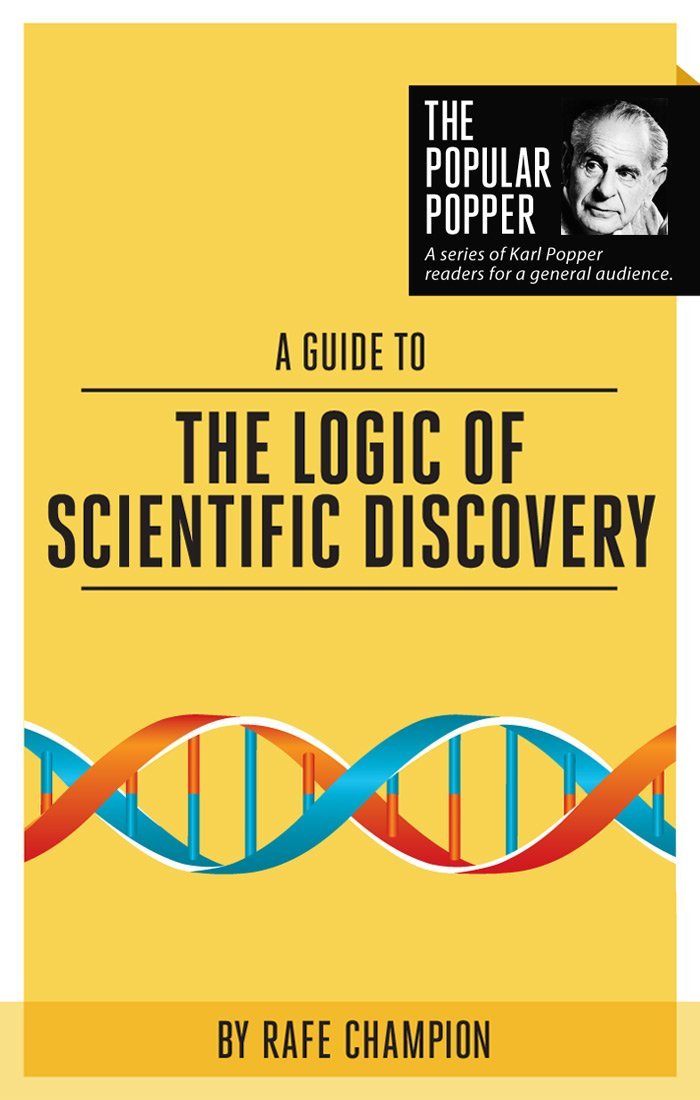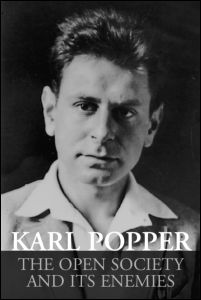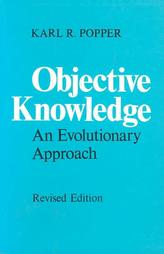The value of Bartley’s take on Popper was exemplified by my experience in a series of lectures to a group of people in Sydney who convened to discuss the Philosophy of Humanism. They met for an afternoon every two weeks over a period of ten years or more and they covered a huge amount of ground although they never produced anything that aroused much interest from the committee of the local Humanist Society or the membership at large. I led the discussion fairly regularly for about a year, late in the 10-year period and a very interesting pattern emerged.
After about four sessions the group seemed to be getting the idea of Popper’s theory of conjectural knowledge, then they decided to invite some other discussion leader (a professional philosopher) just for variety. When I returned I had to start all over again to get across the idea of conjectural knowledge and the criticism of induction. Then the same process occurred, they made good progress with Popper’s views on knowledge and some other issues like essentialism, then they had a session or two with another discussion leader and when I came back, the process had to start from the beginning again.
This was reminiscent of the mythical figure of Sisyphus who pushed a stone up hill all day and it rolled back down to the bottom during the night. Then I decided to move backwards or sideways and so I fed them some papers by Bill Bartley.
Most of the group members were keen enough to undertake quite serious reading, even though they often struggled with the interpretation. They certainly struggled with Bartley but two of them stuck to the task and as a result they never rolled back down the hill again.
The point of the story is that Bartley’s extended critique of justificationism explained something about the structure of Popper’s ideas that is rendered invisible by the more common approaches to the theory of knowledge and belief, especially the aim of justification or confirmation of beliefs. When the difference in structure is grasped, it is much harder (though by no means impossible) for people to lose the plot and revert back to the conventional ways.






